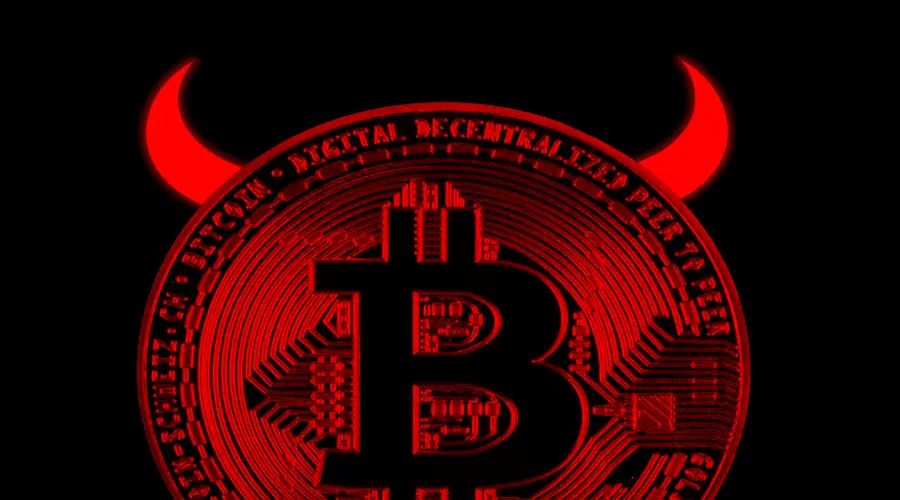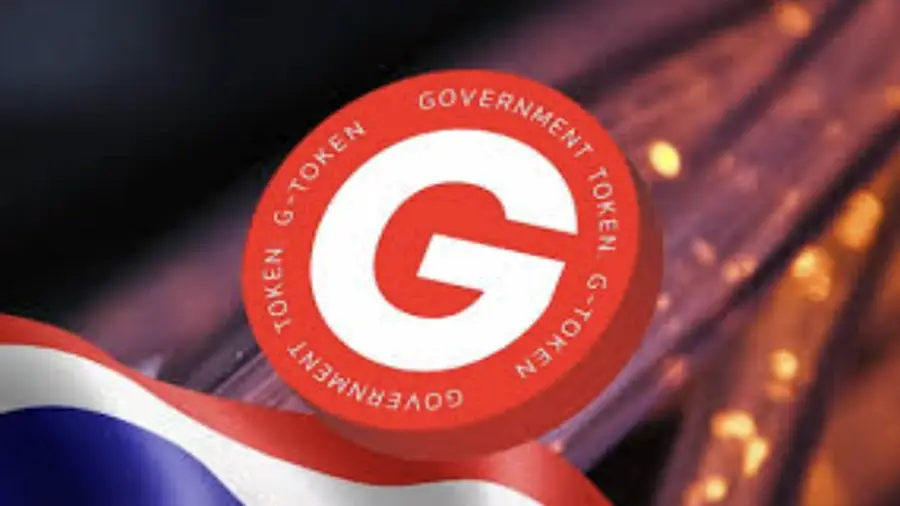You have probably already seen a “magnifying glass” on some foods on the market shelves indicating “high in sodium” . This is front nutritional labeling an informative symbol that has become mandatory on the packaging of industrialized products that contain a high sodium content in their composition.
Front nutritional labeling is part of the resolution of the collegiate board (RDC) published in October 2020, by Anvisa (National Health Surveillance Agency), and which has been in force since October 2022. The objective is to provide clear information to the consumer and simple, about the high content of nutrients that, in excess, can be harmful to health , as is the case with sodium. But, after all, how is this classification made?
According to Anvisa, the presence of the magnifying glass indicating “High in sodium ” is mandatory in foods that present 600 mg sodium per 100 mg (solid and semisolid foods) and 300 mg per more per 100 mL (liquid foods).
It is worth remembering that the WHO (World Health Organization) established the consumption of 2 grams of sodium per day as a healthy limit. To give you an idea, this is equivalent to 5 grams of salt per day (about 5 level teaspoons of the ingredient). In Brazil, the average salt consumption is currently 12 grams per day.
According to Cristiano Merheb, nutritionist at Espaço Merheb (@espacomerhebmedicina), Excess sodium consumption can lead to hypertension . Consequently, high blood pressure can increase the risk of cardiovascular events, such as heart attacks, strokes and heart failure.
“Although the biggest causes of cardiovascular diseases are not related to excessive salt consumption, there must be a limit”, he warns, in an article previously published in CNN .
Front labeling also indicates high added sugar and saturated fat content
In addition to sodium, front nutritional labeling may also indicate excessive amounts of added sugar and saturated fat . In these cases, the criteria for adding the magnifying glass to the product label is:
- Added sugar : quantity greater than or equal to 15 g per 100 g (solid and semi-solid foods) and quantity greater than or equal to 7.5 g per 100 mL (liquid foods);
- Saturated fat : quantity greater than or equal to 6 g per 100 g (solid and semisolid foods) and quantity greater than or equal to 3 g per 100 mL (liquid foods).
Added sugar is considered to be ingredients that are not natural to the food, such as cane sugar, beet sugar, honey, molasses, molasses, brown sugar, sugarcane juice, malt extract, maltodextrin, sucrose, glucose, fructose, lactose, dextrose , maltose, galactose, invert sugar and syrups.
Front nutritional labeling follows the models below, according to the amount of potentially harmful nutrients present in the ingredient composition:

Source: CNN Brasil
I am an experienced journalist and writer with a career in the news industry. My focus is on covering Top News stories for World Stock Market, where I provide comprehensive analysis and commentary on markets around the world. I have expertise in writing both long-form articles and shorter pieces that deliver timely, relevant updates to readers.







